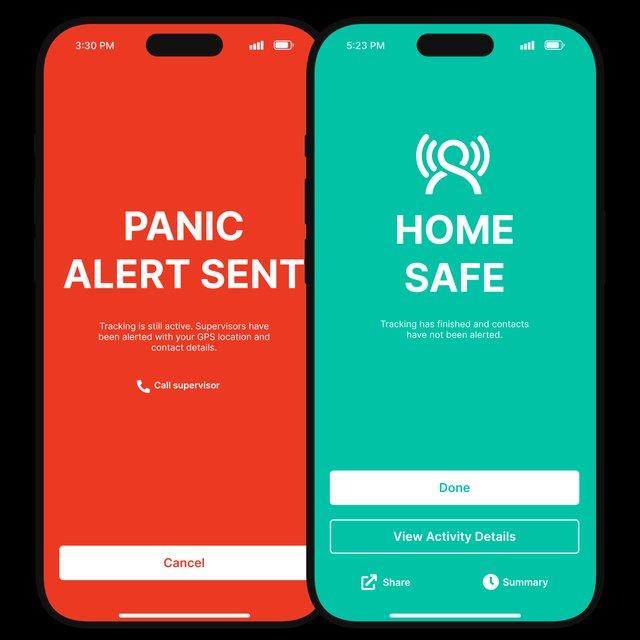Try Now For Free
Start a free trial today. No credit card is required and signup only takes 2 minutes.
Utility Specific Requirements
The Utility sector includes many different industries. Each individual industry poses its own unique hazards and challenges. This introduces the need for Welfare Monitoring as a way to meet health and safety obligations alongside an overall drive to improve efficiency and productivity. The different industries include electrical, waste management, sewage, renewable energy and more. Key safety requirements for the sector include:
- High-risk situations involving water, electricity, heights etc.
- Aggression from the public and unpleasant working environments
- Fatigue
- Exposure to weather and environmental extremes
- Working alone
- Being on-call and after-hours work
There are many other requirements for these industries. Highlighting the importance of a Welfare Monitoring system, having GPS tracking, effective means of communication, digital note-taking and advanced mapping will all be of benefit.

Utility Specific Requirements
The Utility sector includes many different industries. Each individual industry poses its own unique hazards and challenges. This introduces the need for Welfare Monitoring as a way to meet health and safety obligations alongside an overall drive to improve efficiency and productivity. The different industries include electrical, waste management, sewage, renewable energy and more. Key safety requirements for the sector include:
- High-risk situations involving water, electricity, heights etc.
- Aggression from the public and unpleasant working environments
- Fatigue
- Exposure to weather and environmental extremes
- Working alone
- Being on-call and after-hours work
There are many other requirements for these industries. Highlighting the importance of a Welfare Monitoring system, having GPS tracking, effective means of communication, digital note-taking and advanced mapping will all be of benefit.
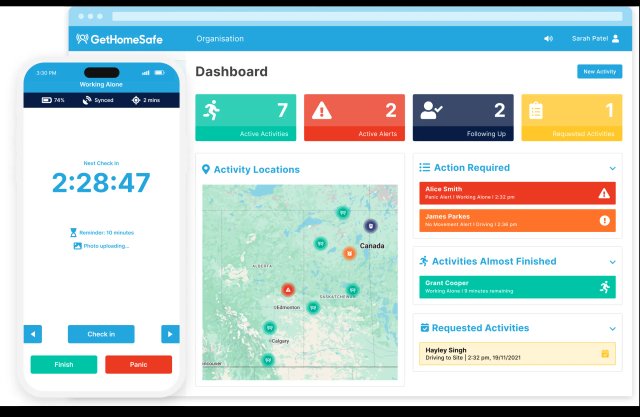
Utility Specific Requirements
The Utility sector includes many different industries. Each individual industry poses its own unique hazards and challenges. This introduces the need for Welfare Monitoring as a way to meet health and safety obligations alongside an overall drive to improve efficiency and productivity. The different industries include electrical, waste management, sewage, renewable energy and more. Key safety requirements for the sector include:
- High-risk situations involving water, electricity, heights etc.
- Aggression from the public and unpleasant working environments
- Fatigue
- Exposure to weather and environmental extremes
- Working alone
- Being on-call and after-hours work
There are many other requirements for these industries. Highlighting the importance of a Welfare Monitoring system, having GPS tracking, effective means of communication, digital note-taking and advanced mapping will all be of benefit.
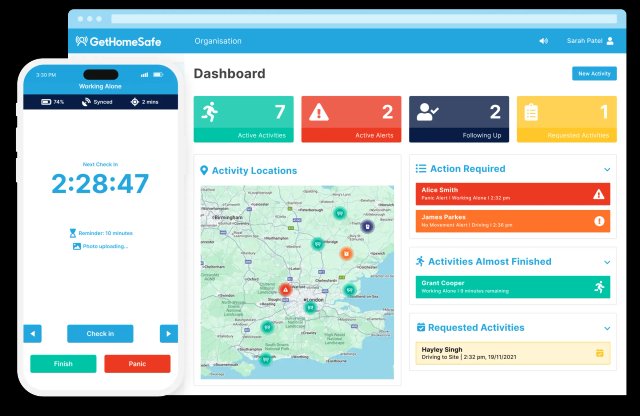
Utility Specific Requirements
The Utility sector includes many different industries. Each individual industry poses its own unique hazards and challenges. This introduces the need for Welfare Monitoring as a way to meet health and safety obligations alongside an overall drive to improve efficiency and productivity. The different industries include electrical, waste management, sewage, renewable energy and more. Key safety requirements for the sector include:
- High-risk situations involving water, electricity, heights etc.
- Aggression from the public and unpleasant working environments
- Fatigue
- Exposure to weather and environmental extremes
- Working alone
- Being on-call and after-hours work
There are many other requirements for these industries. Highlighting the importance of a Welfare Monitoring system, having GPS tracking, effective means of communication, digital note-taking and advanced mapping will all be of benefit.
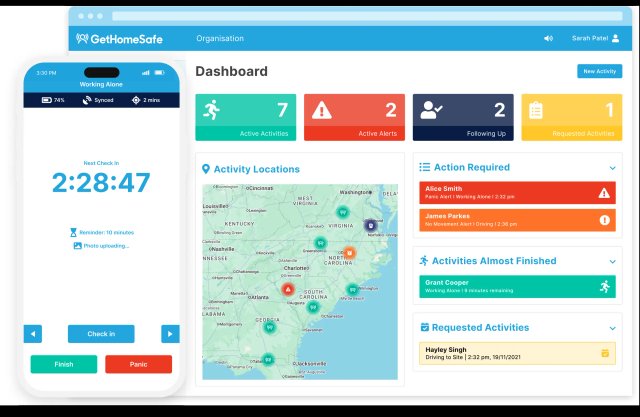
Utility Specific Requirements
The Utility sector includes many different industries. Each individual industry poses its own unique hazards and challenges. This introduces the need for Welfare Monitoring as a way to meet health and safety obligations alongside an overall drive to improve efficiency and productivity. The different industries include electrical, waste management, sewage, renewable energy and more. Key safety requirements for the sector include:
- High-risk situations involving water, electricity, heights etc.
- Aggression from the public and unpleasant working environments
- Fatigue
- Exposure to weather and environmental extremes
- Working alone
- Being on-call and after-hours work
There are many other requirements for these industries. Highlighting the importance of a Welfare Monitoring system, having GPS tracking, effective means of communication, digital note-taking and advanced mapping will all be of benefit.
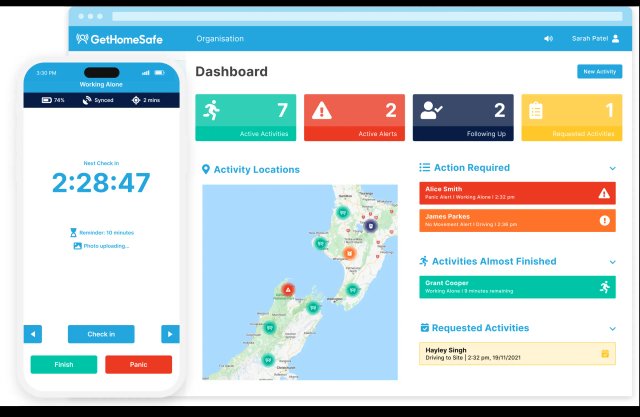
Key Safety Risks For Utility Industry Personnel
Fatigue & Travel
Naturally, as a worker within the utilities industry, travelling between sites and jobs will take up a significant amount of time. Additionally, a lot of the tasks may be physically demanding. A combination of both can lead to fatigue. Fatigue whilst driving is a big risk for any individual.
Physical Injury
A lot of the working tasks within this sector involve heavy machinery, special vehicles and tools. There are many obvious health and safety risks associated with operating equipment, such as physical harm, in the worst case even death to yourself or others.
Working Alone
The Healthcare industry is limited in resources and may require staff to undertake jobs alone and unsupervised. Especially during a time of pandemic, there is an increase in working alone risks. Violence, aggression, medical emergencies and many more are many risks that lone workers in the healthcare industry can be exposed to.
Looking For Better Coverage?
Safety for your employees beyond cell coverage is one of the key reasons so many utility‑based organisations trust GetHomeSafe for their employee welfare monitoring. Learn more about our safety out‑of‑coverage solution.

Benefits Of Employee Welfare Monitoring
Introducing a Welfare Monitoring solution like GetHomeSafe to your consultancy or organisation will come with many benefits for both safety and also operations. Here are three of the key benefits our Utilities industry clients tell us they love.
Paperless Journey Management & Automated Welfare Monitoring
Welfare monitoring is a step up from booking an EPIRB from the front desk or borrowing a radio when you check into a site. We are talking two-way communication direct from the field to you back in the office. Nothing gets lost in translation going through site-specific comms. Working with you, our sales team can fit one of our 25+ device options to fit your unique coverage requirements, site by site. The flexibility of GHS allows a very small number of devices to be easily shared across many people, business units and regions if needed. GHS can also offer short-term hire and lease of devices for project-specific applications. Finding the right coverage option is not just about safety. We will work with you to look at all operational and bonus features to help get the business case for this across the line. This can include things like mapping, GIS integration, job dispatching and even policies for using your new devices for staff bonuses. This may include taking a company Garmin InReach on weekend adventures.
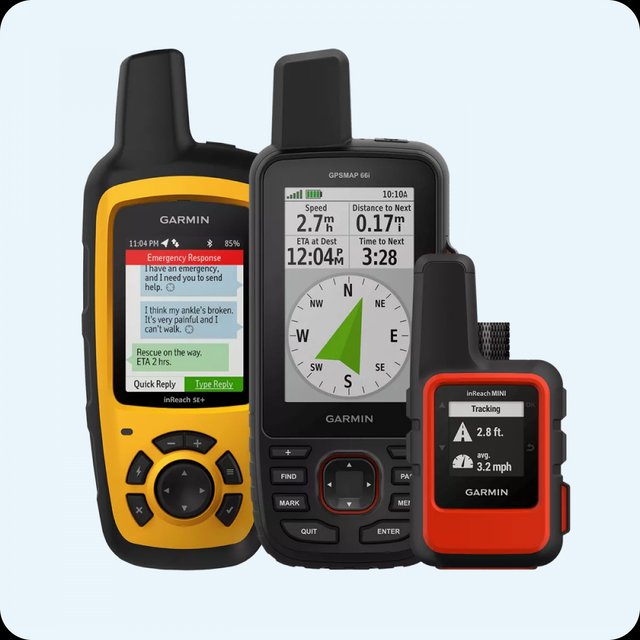

Effective Means Of Communication
Welfare monitoring is a step up from remembering to text or call your team leader. The manual process of having to remember to tell them when you are finished for the day is time-consuming and costly.
Working with you, our sales team can train your team to use GetHomeSafe to automate a check-in, and check-out process with the ability to trigger alerts if required.
Finding the right solution to work in specific scenarios will help you streamline the process of knowing your team are ok, anywhere at any time on the job.
Digital Data
One of our most popular features is our barcode scanner built into our advanced note-taking and geo-location mapping.
It makes GHS ideal for use as a digital field book. You can make notes, scan bar or QR codes, tag locations of interest and even crank up the GPS tracking frequency to the maximum, mapping out entire areas of interest for future reference.
Proof of visit, recording locations of interest, and indoor positioning are other key applications of the barcode scanner and advanced mapping we offer.
Data can be exported from GHS in many formats and uploaded into your GIS or mapping software for many different applications.

Digital Data
One of our most popular features is our barcode scanner built into our advanced note-taking and geo-location mapping.
It makes GHS ideal for use as a digital field book. You can make notes, scan bar or QR codes, tag locations of interest and even crank up the GPS tracking frequency to the maximum, mapping out entire areas of interest for future reference.
Proof of visit, recording locations of interest, and indoor positioning are other key applications of the barcode scanner and advanced mapping we offer.
Data can be exported from GHS in many formats and uploaded into your GIS or mapping software for many different applications.

Digital Data
One of our most popular features is our barcode scanner built into our advanced note-taking and geo-location mapping.
It makes GHS ideal for use as a digital field book. You can make notes, scan bar or QR codes, tag locations of interest and even crank up the GPS tracking frequency to the maximum, mapping out entire areas of interest for future reference.
Proof of visit, recording locations of interest, and indoor positioning are other key applications of the barcode scanner and advanced mapping we offer.
Data can be exported from GHS in many formats and uploaded into your GIS or mapping software for many different applications.

Digital Data
One of our most popular features is our barcode scanner built into our advanced note-taking and geo-location mapping.
It makes GHS ideal for use as a digital field book. You can make notes, scan bar or QR codes, tag locations of interest and even crank up the GPS tracking frequency to the maximum, mapping out entire areas of interest for future reference.
Proof of visit, recording locations of interest, and indoor positioning are other key applications of the barcode scanner and advanced mapping we offer.
Data can be exported from GHS in many formats and uploaded into your GIS or mapping software for many different applications.

Digital Data
One of our most popular features is our barcode scanner built into our advanced note-taking and geo-location mapping.
It makes GHS ideal for use as a digital field book. You can make notes, scan bar or QR codes, tag locations of interest and even crank up the GPS tracking frequency to the maximum, mapping out entire areas of interest for future reference.
Proof of visit, recording locations of interest, and indoor positioning are other key applications of the barcode scanner and advanced mapping we offer.
Data can be exported from GHS in many formats and uploaded into your GIS or mapping software for many different applications.

Do You Still Have Questions?
If you still have questions about how GetHomeSafe could benefit the safety of your team travelling and working, contact one of our friendly sales team for a quick chat about your requirements.

